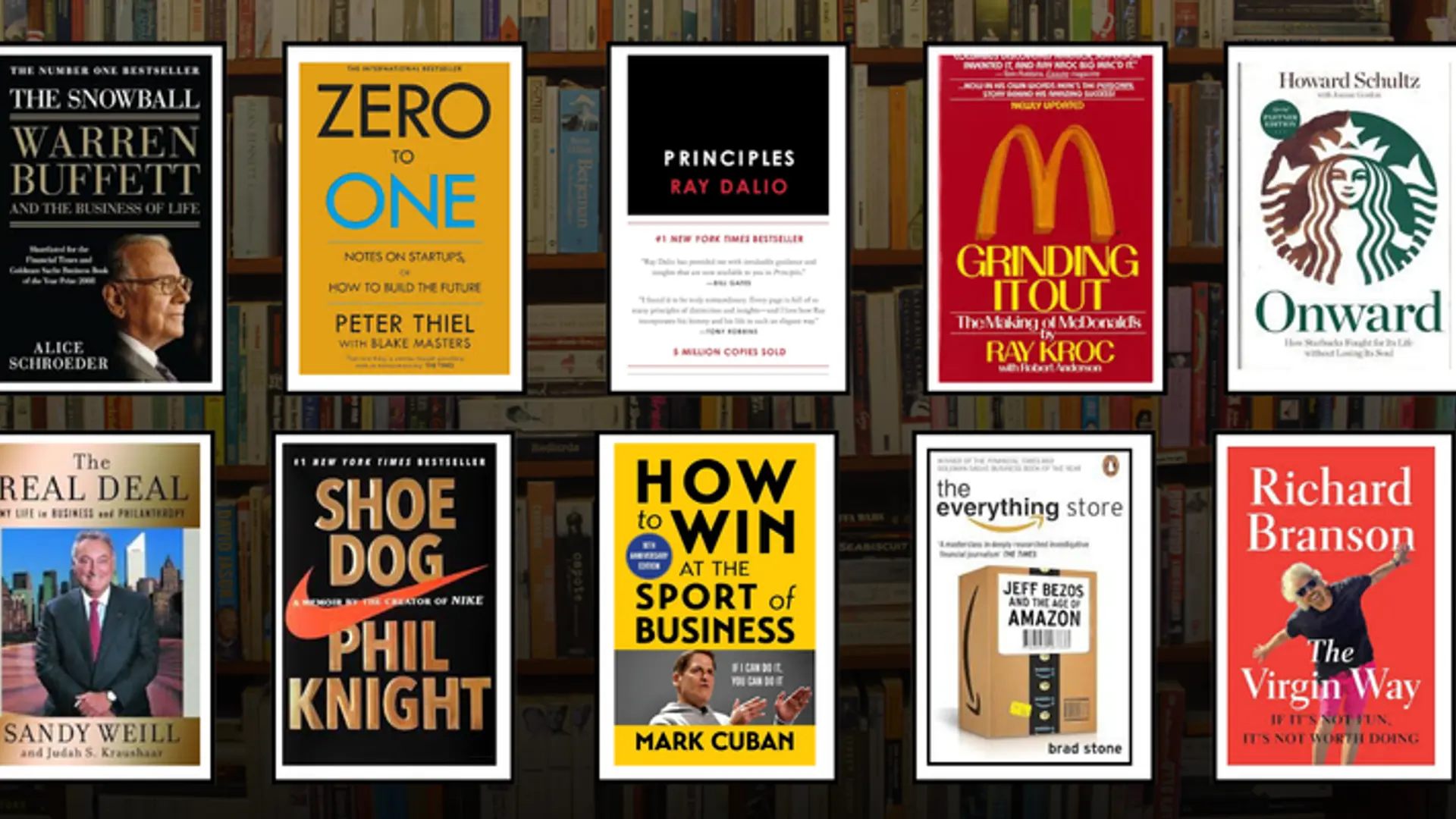Innovation during the pandemic and beyond: speaker insights from the Intrapreneurship Conclave
Five corporate innovation practitioners from SAP, HPE, Bosch, VMWare and Brigade Group share experiences and tips on creating an entrepreneurial culture.
Connecting externally to startups via accelerators and internally cultivating an entrepreneurial mindset are some ways in which large corporates build an innovation edge.
In this preview article, five featured speakers at the upcoming annual Intrapreneurship Conclave share their experiences with innovation practices, particularly in the pandemic era. The speakers are from SAP, HPE, Bosch, VMWare and Brigade Group (see YourStory’s writeup on the 2019 edition here).
In the first conclave, the overarching theme was How can Organisations Build a Culture of Intrapreneurship, explains Puja Kohli, CEO of Unfold Consulting, in a chat with YourStory. This year, the management consultancy is moving its annual conclave entirely online, due to the COVID-19 pandemic.
The event will be held in the form of eight to ten sessions from November 2020 to March 2021. See also YourStory’s 15-part article series on the CII Global Knowledge Summit 2020, which was held virtually as well.
The second conclave’s theme was How can Organisations Create Star Intrapreneurs, while the apt theme this year is Re-imagining Disruption during Uncertain Times. Topics to be discussed include digital transformation, business partnerships, and inclusive innovation, as covered in the videos archived on the conference website.
I. COVID impact on corporate innovation
“Companies are realising more, now than ever before, that they need to invest in technology to further their business,” explains Nirupa Shankar, Executive Director, Brigade Group.
In the real estate sector, important technology applications in the pandemic era include escalator rail sanitisers, HVAC systems with improved air filtration, and contactless technology. These can be used in elevators, malls, and hotels.
Because of the work from home (WFH) environment, AI tech is being increasingly applied for processes in legal, accounting, and HR, Nirupa adds.
“We have seen so many ups and downs in economic cycles and still been successful,” explains Sri Krishnan, SVP, Robert Bosch Engineering and Business Solutions. He leads the company’s innovation, incubation, and digital technology portfolio.
The pandemic has speeded up virtual collaboration across geographies. “The launch for our startup accelerator programme DNA (Discover, Nurture, Align) was entirely done virtually,” Sri proudly says. (See also YourStory’s Startup Hatch series of accelerator profiles that show how corporates are engaging with the startup ecosystem for innovation.)
“We found that under more constraints, innovation thrives,” he adds, pointing to the rise of automation and telehealth as examples.
“In the field of technology, the most significant impact that is being seen is this crisis being some sort of a booster shot for digitisation,” explains Chandrashekhar Raman, Startup Ecosystem Engagement Lead, HPE.
“In many ways, it has crunched the time horizon targets for digital transformation projects from decades to months,” he adds. Digitisation is about cost, efficiency and continuity. “Like many major crises in the past, this period of hardship will also be accompanied by hyper-innovation and value creation,” he affirms.
The pandemic also calls for more effective organisational communication, explains Sindhu Gangadharan, SVP and MD, SAP Labs India. “Uncertainty is certain, and we should be ready for any kind of uncertainties in our life,” she says.
During times of crises, leaders must communicate directly with their employees, so that they get crucial information first-hand and not through the grapevine. Leaders should also be empathetic and inclusive, she adds.
Clear and transparent information flow helps employees stay calm and prepared in these times, Sindhu says. See also YourStory’s write-up on the Bangalore K-Community panel, The ups and downs of knowledge sharing during work-from-home, and The ‘5 Ts’ of crisis communication.
Sairam Veeraswamy, Senior Director of Innovation Programs at VMWare, explains that the company is trying to inculcate the culture of innovation more aggressively than ever. In situations of WFH, employees may have distractions in the typical home setup, and hence it is important to keep the focus on innovation.
“Many times, we take transparency for granted in a closed setup where we are physically co-located. But when you work remotely, feeling part of a larger team and organisation is critical. Transparency would catalyse that more aggressively,” Sairam affirms.
II. Entrepreneurial culture in a corporate setting
Many corporates have formalised programmes to recognise and nurture internal entrepreneurs (intrapreneurs).
“Innovation and intrapreneurship is at the core of our DNA,” Sairam Veeraswamy of VMWare says. “VMWare India has already created a “very strong foundation for a world-class value generation platform in India,” he adds.
Over 150-170 patents are generated each year. The company also holds internal “innovation theatres”, comprising activities like hackathons. Its innovation approach is based on the ‘4 Es’, Sairam explains.
These include empathy, enablement, engagement, and being eclectic. Empathy is particularly important in the WFH context, and helps create the foundation of comfort for an operating environment.
“We've got to make sure that we give employees all the tools and the support needed to really be more effective in what they are doing, and also above and beyond the day job,” Sairam adds. Frequent touchpoints improve engagement and communication, and help employees feel connected to the larger group.
“This crisis presents a whole new way of looking at entire problems, challenges and opportunities in front of us. So we need to give them an opportunity to really drive innovation across a broad spectrum of portfolios,” Sairam says. An agile model helps with regular feedback to catalyse innovation.
Companies need to have a long-term commitment to innovation, and cannot just switch on such a culture during a crisis, according to Sindhu Gangadharan of SAP Labs India. At SAP, social, economic and environmental performance are all interrelated, she adds.
Its Climate 21 initiative helps companies focus not just on the top line and bottom line but also the “green line,” or greenhouse gas footprint of their products. “This goes a long way in which we run businesses in a very sustainable manner,” Sindhu affirms.
Though some employees may have innate entrepreneurial abilities, they also need a platform and environment to develop their ideas. Some path-breaking innovations really stem from having that healthy ideation process which is built over the years, Sindhu adds.
‘Invent’ is SAP’s annual innovation platform and venture challenge. It helps foster a startup-like culture within the R&D organisation. This year’s programme witnessed more than 245 teams and 750 individuals participating, according to Sindhu. It includes a two-month programme as well as mentorship support from 160 experts.
“Innovation is actually about connecting the dots that are seemingly unconnected. And that can happen only when people from different walks of life come together in diversity in thinking – what we call the Medici effect,” explains Sri Krishnan of Bosch.
To help think more creatively, the company has given researchers training in painting and even taken them to an anthill to show how temperature is maintained or how ants find food. (See also YourStory’s Book Review section with insights from 270 titles on creativity, innovation and entrepreneurship.)
“Those kinds of activities stimulate us to think differently. We actually have a role called innovation culturist,” Sri adds.
“Innovation is about keeping the curiosity alive, developing empathy. This we do by getting out of the building, not ideating inside the rooms, but going to the customer, going to their place,” he explains. Innovation culture is about the mindset of challenging the status quo, accepting that there will be failures, and still keeping on experimenting, Sri emphasises.
Employees are encouraged to pitch ideas, and get funding on approval. The company also experiments with initiatives like using AI agents to conduct the first level of candidate interviews.
“I believe intrapreneurship and innovation are really the lifeblood of the most successful and vibrant companies,” Chandrashekhar Raman of HPE affirms.
“The basic tenet is none of us is smarter than all of us. And the more people that you give the power to innovate and act, the more powerful the organisation becomes,” he adds. Businesses thus become more nimble and agile as well.
This also involves walking the fine balance between structure and chaos, he cautions. Chaos is like the “lifeblood of innovation” but there should also be structures and frameworks that large firms can provide in the journey from idea to prototype, pilot, and product.
Entrepreneurship as well as intrapreneurship are tough, Chandrashekhar warns. It is even tougher during times like the pandemic when people are not even meeting or talking to team members on a day to day basis.
Nirupa Shankar of Brigade Group explains that the company has had a reward and recognition system for people who came up with ideas and implementations. Examples include standardisation of door and window sizes for cost savings through economies of scale.
Other suggestions addressed reduction of leakages in buildings, or ensuring fewer snags like scraped or chipped tiles. “We keep getting innovative suggestions from our staff,” Nirupa says. Productivity, enhancements, or an increase in revenue are the three main buckets under which people are rewarded.
“We made innovation as one aspect of everybody's key ability areas, and it is something that is discussed at the performance appraisal,” she adds.
III. Ecosystem engagement
Nirupa explains that the Brigade Group engages with startups through the Brigade Real Estate Accelerator Programme (REAP). “We have a separate LLP kind of a structure called Brigade Innovations LLP, which is how we set up REAP,” she explains.
Eight cohorts have been launched so far, and 33 startups have already been mentored. “We will be at 40 by the end of this year and that's exciting,” she adds.
Six startups mentored by REAP over the last three years successfully raised funds during the lockdown period just in the last few months. “It goes to show how much of traction there is in the space,” Nirupa says.
The company’s core values are described by the acronym QCFIRST (quality, customer centricity, fairness, innovation, responsible socially, and trustworthiness). “REAP is how we keep our ears to the ground to see what new technologies are coming into the space,” Nirupa says.
“Keeping your business afloat and innovation cannot be looked at separately. It has to go hand in hand and those two things have to happen in parallel,” she emphasises.
Structuring this as two separate teams helps. “This way, your operations team is not getting hassled by innovation initiatives, and your innovation team is not being dragged down by operational firefighting,” Nirupa explains.
To tackle big problems like digitisation, no single company can do it alone, according to Chandrashekhar Raman of HPE. “We need people to partner with. And this may be large companies, startups, universities, and governments,” he explains.
“In these times, with this disruption, what you need right now is speed. You need velocity. And this is where startups are very important,” he adds. It can be difficult for most large companies to operate at such speeds, but corporates bring stable technology and distribution networks to the table.
“So I think the combination is very, very important. This is only going to increase the requirement and importance of open innovation,” Chandrashekhar emphasises.
The road ahead
Digital transformation continues to be one of the key drivers of innovation, and has been accelerated during the pandemic. “Digital transformation is at the core of any modern business, whether it's a retail giant or kirana shop,” Sairam Veeraswamy of VMWare observes.
He describes the transformation in three phases – infrastructure, business modernisation, and upskilling of people. Digital transformation is an integral part of personal and professional life.
“However, this paradigm shift is not easy,” he cautions. “It requires people to be digitally savvy and more vocal. They need to use the internal social media setup to really make their presence felt by the community and connect with the working group more frequently than before,” Sairam sums up.
Edited by Teja Lele










